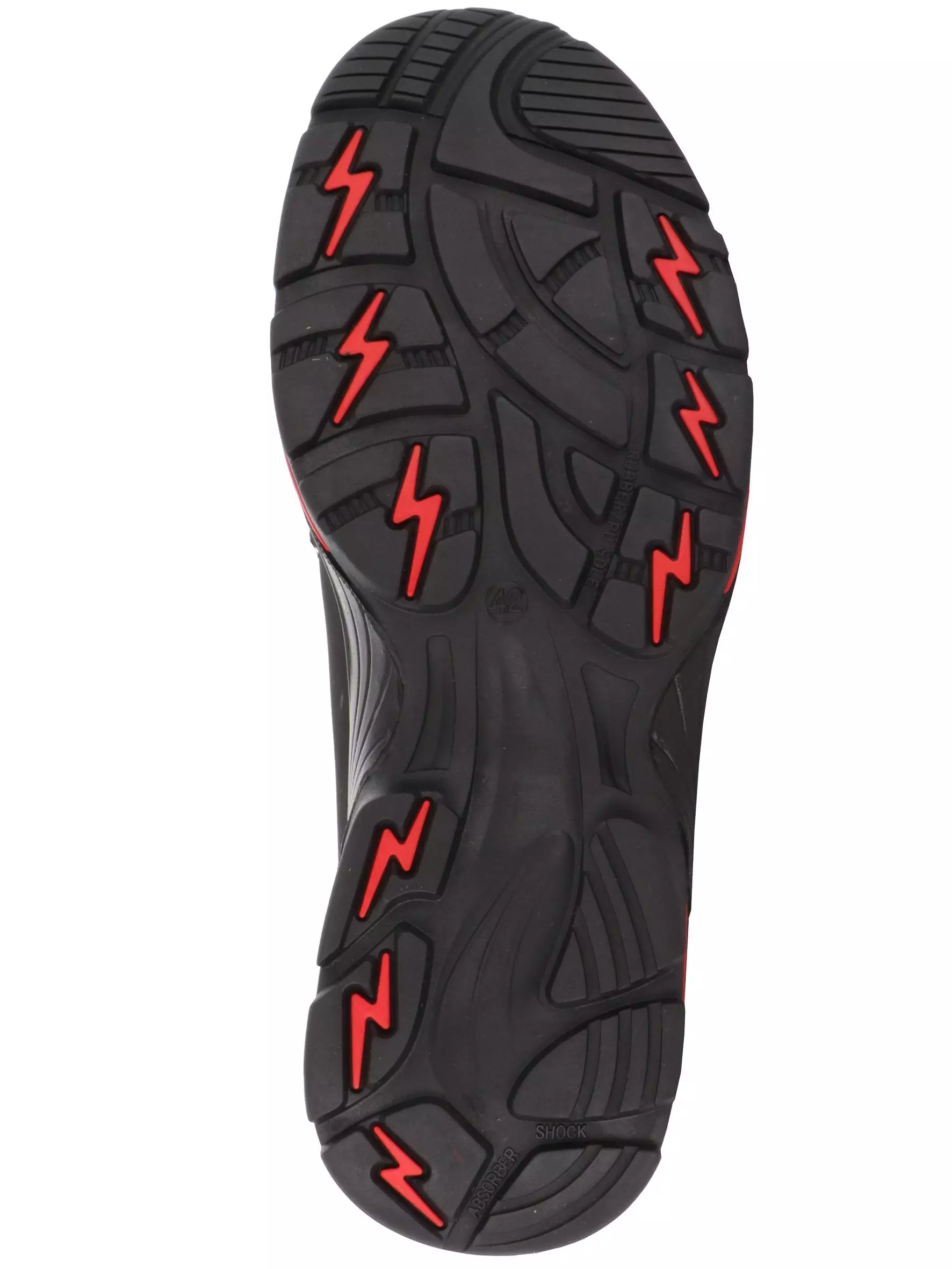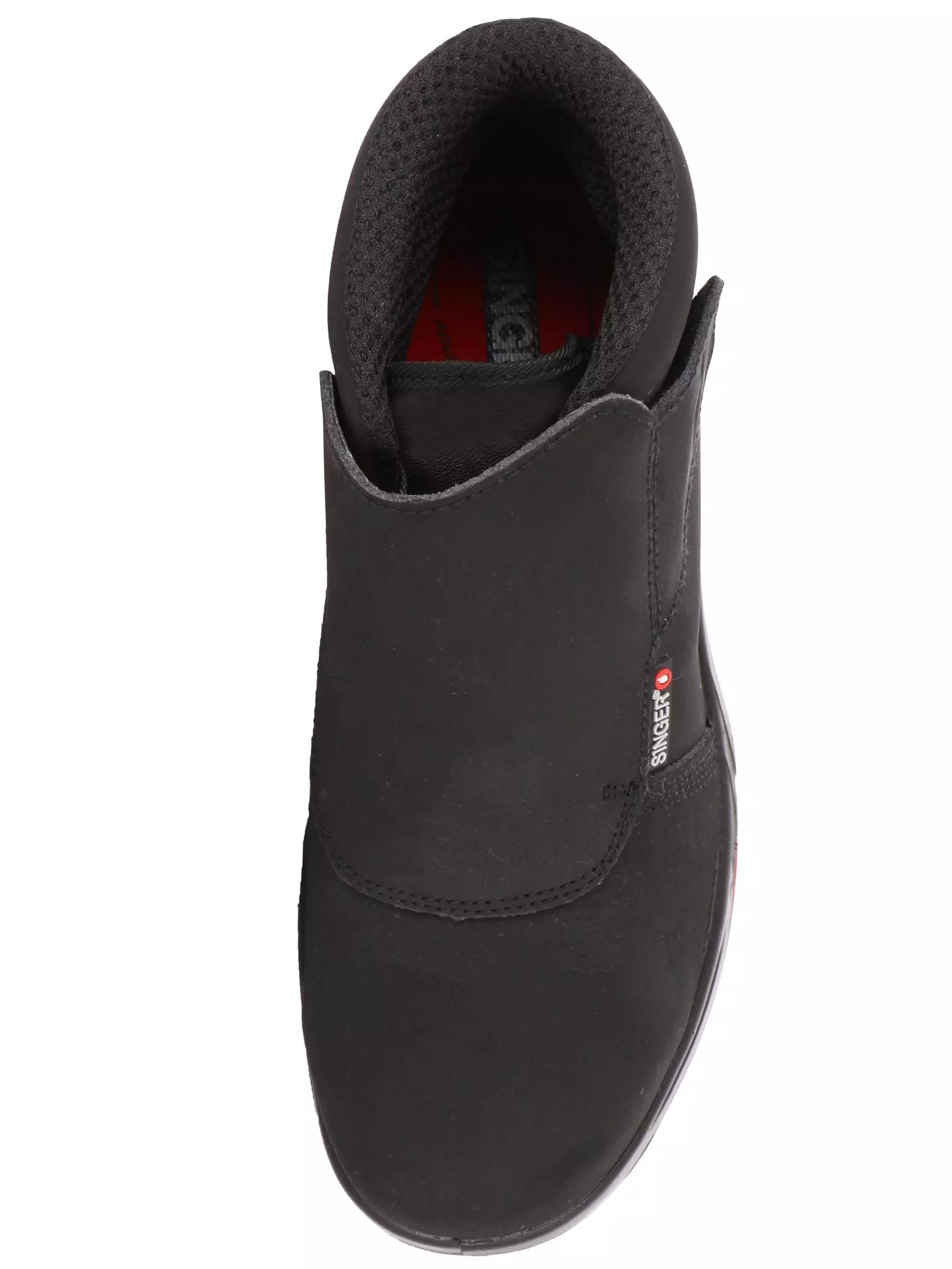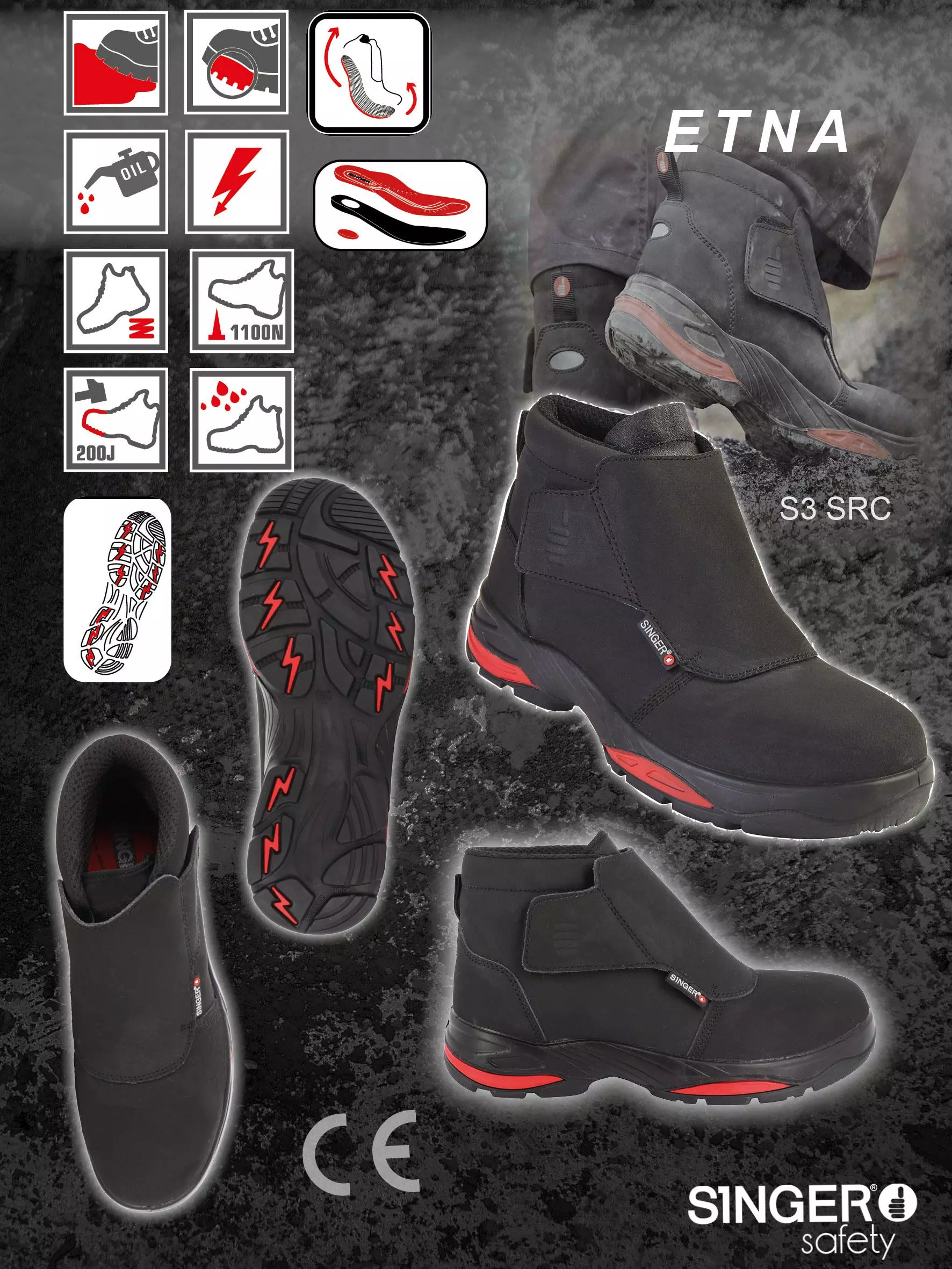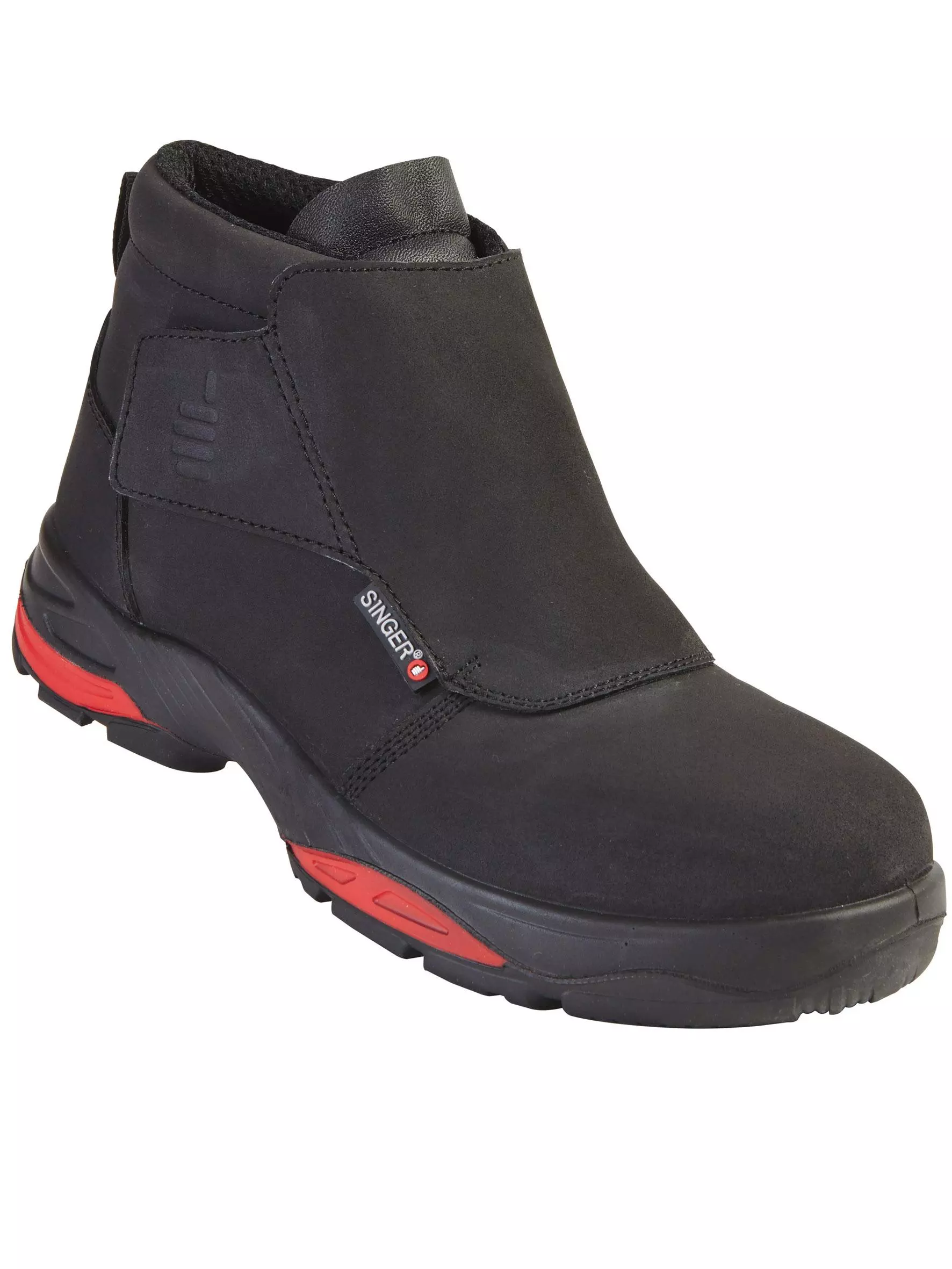
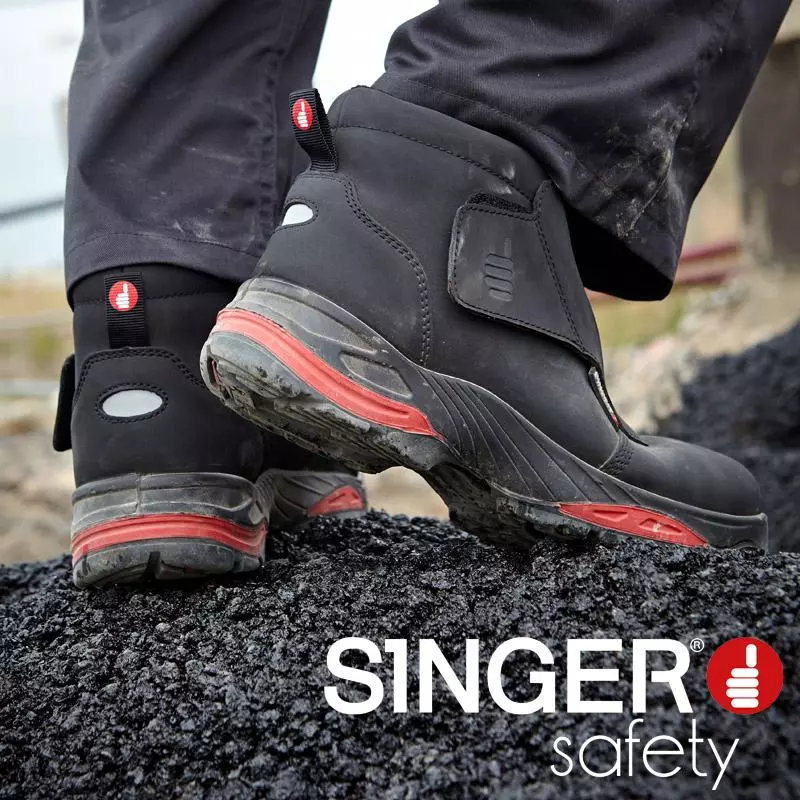
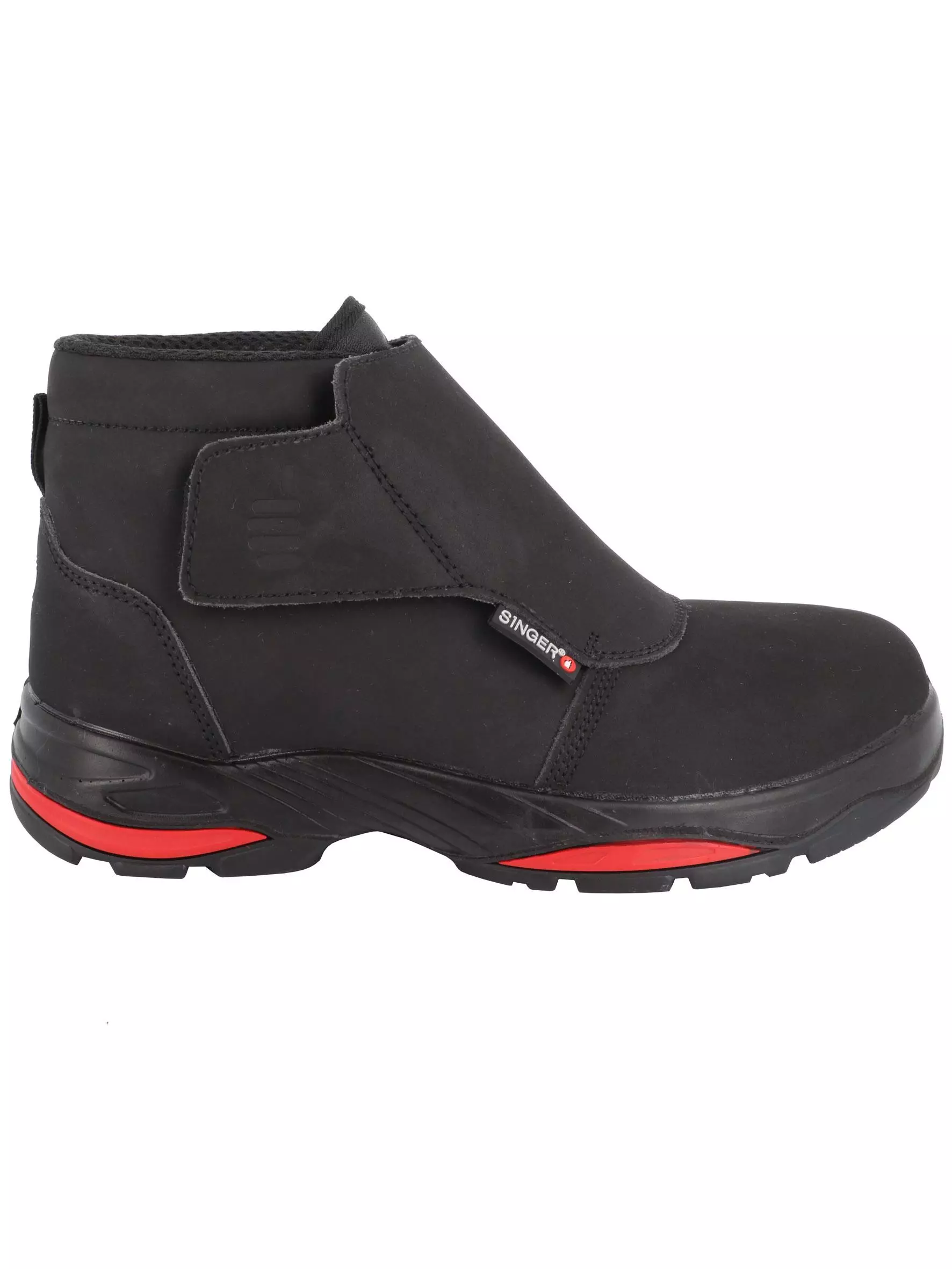
Features You'll Love
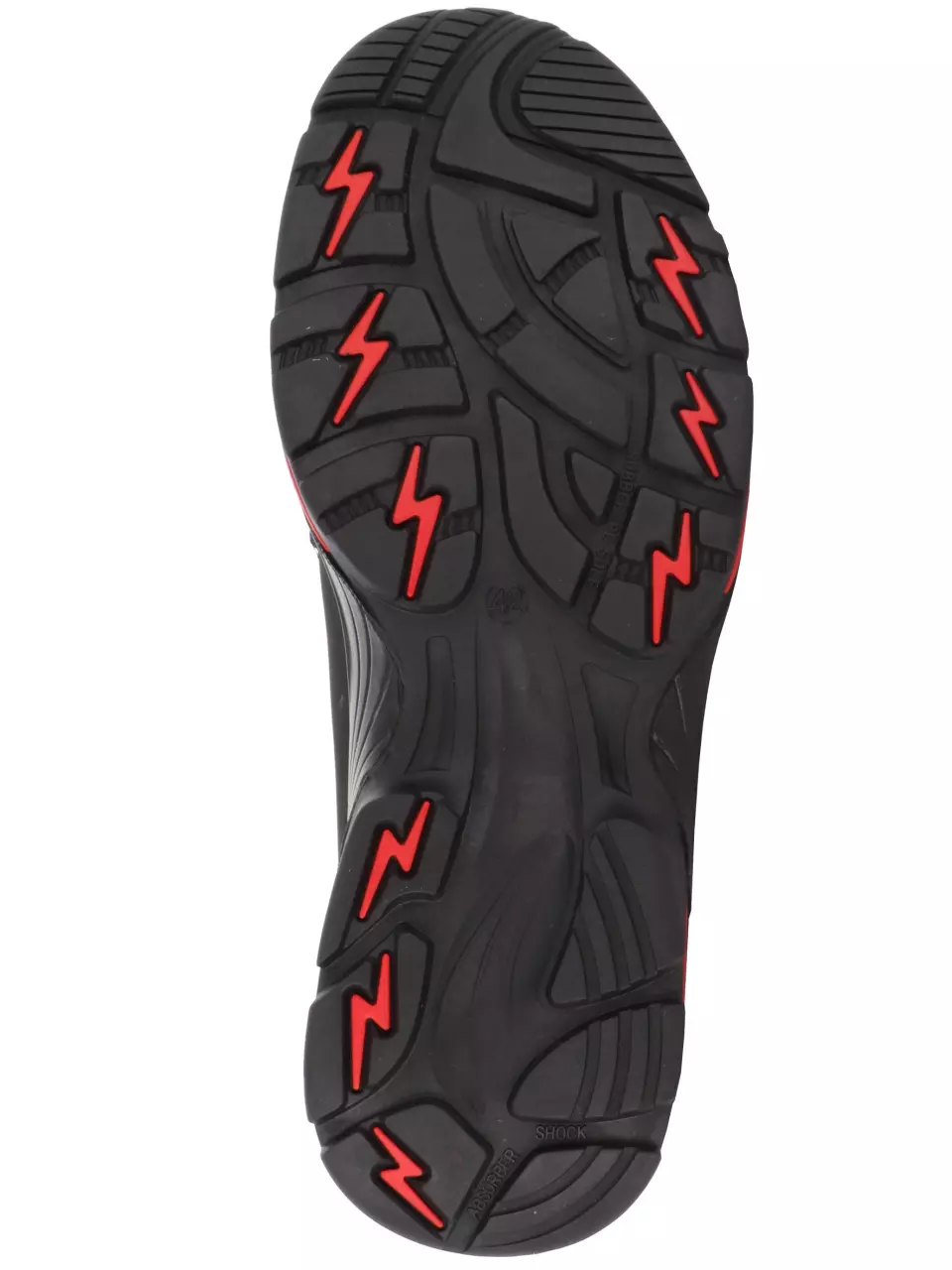
Outsole Properties · Shock Absorbing
Shock-absorbing soles provide cushioned comfort, reducing impact and foot fatigue for all-day wear.

Outsole Properties · Anti Slip
EN ISO 20345 · FO
Anti-slip soles provide superior grip, keeping you safe and steady on challenging surfaces.
This footwear's outsole is resistant to fuel and oil, preventing the material from degrading. It is ideal for work environments where you may come into contact with hydrocarbons like petrol, protecting the shoe's longevity and performance.
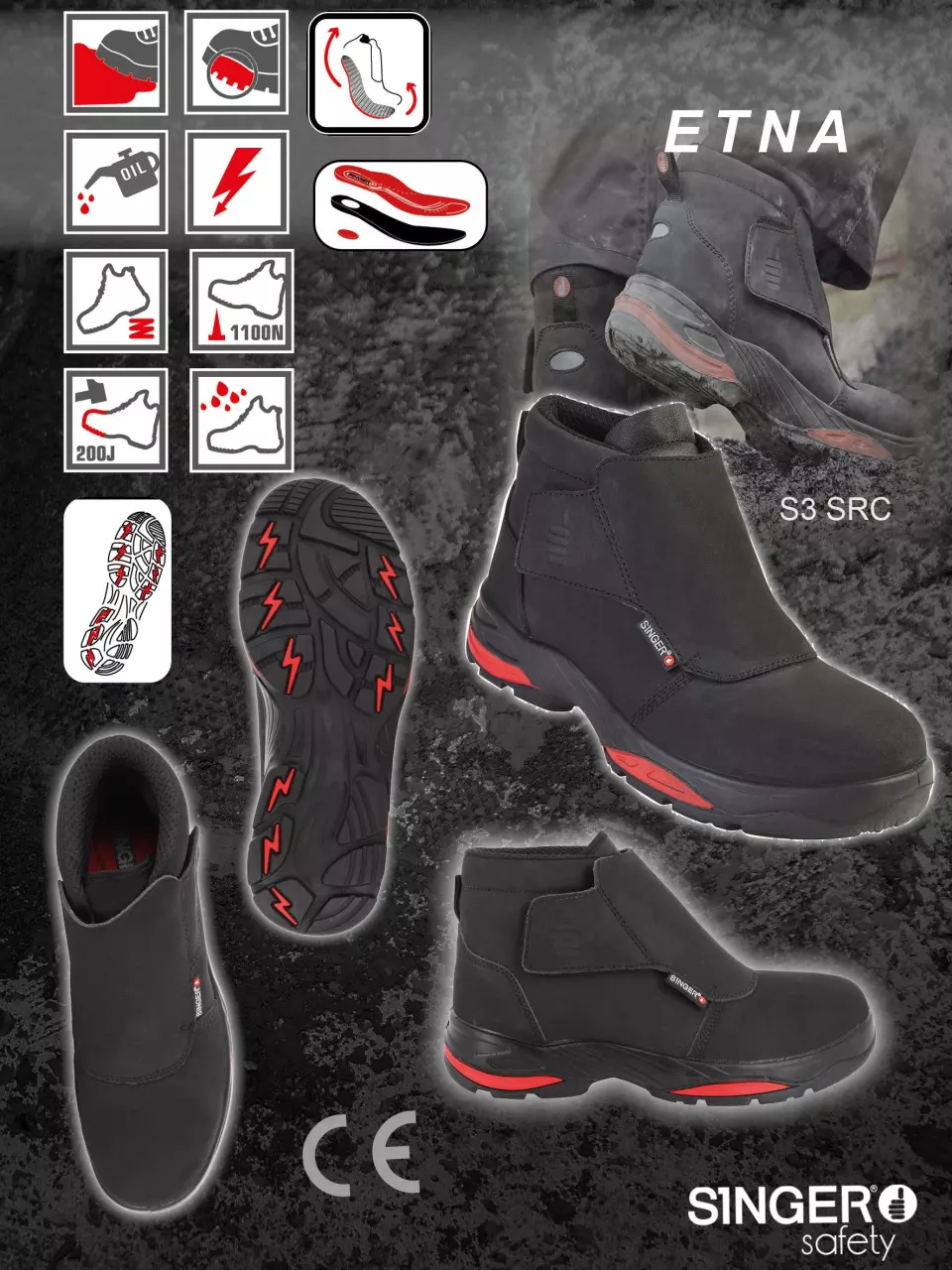
Outsole Properties · Puncture Resistant
Protect your feet from sharp objects and unseen hazards, giving you peace of mind on any job site.

Outsole Properties · Oil Resistant
Oil-resistant soles ensure secure footing and lasting durability in oily environments.
Singer Safety
High Safety Shoe, S3L HRO FO SR
High Safety Shoe, S3L HRO FO SR
(19)
57,68 €
Choose size
Free delivery
Features You'll Love

Outsole Properties · Shock Absorbing
Shock-absorbing soles provide cushioned comfort, reducing impact and foot fatigue for all-day wear.

Outsole Properties · Anti Slip
EN ISO 20345 · FO
Anti-slip soles provide superior grip, keeping you safe and steady on challenging surfaces.
This footwear's outsole is resistant to fuel and oil, preventing the material from degrading. It is ideal for work environments where you may come into contact with hydrocarbons like petrol, protecting the shoe's longevity and performance.

Outsole Properties · Puncture Resistant
Protect your feet from sharp objects and unseen hazards, giving you peace of mind on any job site.

Outsole Properties · Oil Resistant
Oil-resistant soles ensure secure footing and lasting durability in oily environments.
Product description
These high-cut safety shoes provide superior foot protection with a water-repellent nubuck leather upper and composite toe cap resistant to 200J impacts. Featuring a metal-free design with high tenacity textile pierce-resistant midsole, they offer enhanced comfort through an ergonomic preformed PU insole and textile lining for moisture management. The nitrile rubber outsole delivers exceptional heat resistance (HRO) and slip resistance (SR) on various surfaces.
Product Features:
- Metal-free construction for lightweight comfort and security screening compatibility
- Quick opening and closing system with protective leather flap and velcro closure
- High tenacity textile pierce-resistant midsole for flexibility and comfort
- Composite shockproof toe cap (200J) - non-magnetic and athermic
- Contact heat resistant outsole compound (H.R.O)
Technical Details:
- Water-repellent nubuck leather upper
- Textile lining for improved moisture absorption and quick drying
- Ergonomic preformed PU insole with arch support and heel cushioning
- Energy absorption at the heel for reduced impact fatigue
- Tread pattern optimized for both soft and smooth surfaces
Recommended Applications:
- Public works
- Heavy industry
- Light industry
Standards:
- EN ISO 20345:2022 (S3L HRO FO SR)
- European Regulation (EU) 2016/425 on PPE, Category II
- ISO 9001 certified manufacturing
EAN: 3660514243354, 3660514243330, 3660514243316, 3660514243293, 3660514211377, 3660514211391, 3660514211414, 3660514211438, 3660514211452, 3660514211476, 3660514211490, 3660514211513, 3660514211537, 3660514227033
